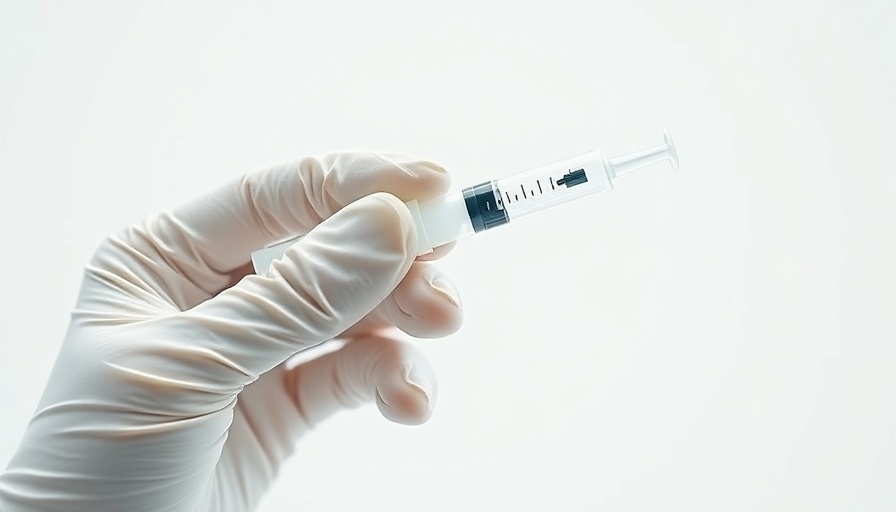
A New Contender in the Beauty Sphere: Meet Letybo
The FDA has officially given the green light to Letybo (letibotulinumtoxinA-wlbg), marking an exciting milestone for beauty enthusiasts seeking alternatives for wrinkle treatment. This South Korean beauty innovation for frown lines has already gained popularity in over 50 countries, including Canada and Australia. With Letybo, patients now have one more option to smooth out those pesky glabellar lines, or '11s,' between their brows.
How Letybo Compares to the Botox Family
With the FDA approval of Letybo, there are now six neurotoxins available in the U.S., including the well-known Botox and its counterparts Dysport, Xeomin, Jeuveau, and Daxxify. According to Dr. Kenneth Beer, a board-certified dermatologist, these injectables, while serving the same purpose of relaxing muscles to diminish wrinkles, each have their unique formulations. For Letybo, 20 units are recommended for the glabella, aligning it with other leading options, though Dysport follows a different measurement system.
Speeding Up the Treatment Process
Another compelling aspect of Letybo is its fast onset. Dermatologist Dr. Farhaad Riyaz notes that patients can expect results to kick in within 2 to 3 days, slightly faster than Botox’s typical one-week window. Both treatments boast a comparable duration of effectiveness, lasting around three to four months. This rapid delivery may appeal to those eager for immediate results without long waiting periods.
Understanding K-Beauty’s Impact on the Injectable Market
South Korea has made substantial contributions to the botulinum toxin market, with Hugel being one of its leading manufacturers. Dr. Michael Kane specifies that the production processes are standard across different regions, thus reinforcing that while Letybo may have its origins in Korea, it does not significantly differ from existing American or European products. This global exchange of beauty innovation is reshaping how aesthetics are approached.
Paving the Way for Future Options
With Letybo's introduction to the U.S. market, attention is now directed toward its pricing and availability. Though exact pricing is not yet confirmed, estimates suggest that Letybo might cost between $9 and $12 per unit. This could offer a more budget-friendly alternative to Botox, traditionally ranging from $12 to $18 per unit. This shift may attract a broader customer base, especially among women considering cosmetic procedures who seek effective yet affordable options.
Should You Consider Letybo?
With increasing patient feedback already favoring the product, many are curious whether Letybo could serve as a reliable alternative for those who may have experienced inconsistent results with Botox. Dermatologists like Dr. Cheri Frey have recently introduced Letybo into their practices, reporting satisfactory results that resemble those of traditional neuromodulators in terms of wrinkle reduction.
Insights and Trending Buzz in Cosmetic Treatments
There's palpable excitement surrounding the introduction of Letybo amid evolving beauty trends. Many dermatologists express a welcoming sentiment toward new innovations that enhance safety profiles and efficacy. As Dr. Ava Shamban, a clinical investigator for Letybo, highlighted, clinical studies demonstrate a promising safety record and effectiveness for reducing glabellar lines. With six FDA-approved options now available, individuals considering aesthetic enhancements have more choices than ever.
Making the Right Decision for Your Beauty Regimen
This latest development in the beauty industry encourages individuals to explore their options before committing to any treatment. Engaging with knowledgeable professionals can help determine the best fit for one’s specific needs and expectations. If you're considering embracing these innovations in your beauty journey, connecting with experts and staying abreast of the latest trends in aesthetics will empower your decision-making process.
As we welcome Letybo to the United States, its introduction may mark the start of a new trend in beauty, reflecting the dynamic changes within the market. With continuous advancements, the future of cosmetic interventions remains both exciting and promising.
 Add Row
Add Row  Add
Add 






Write A Comment